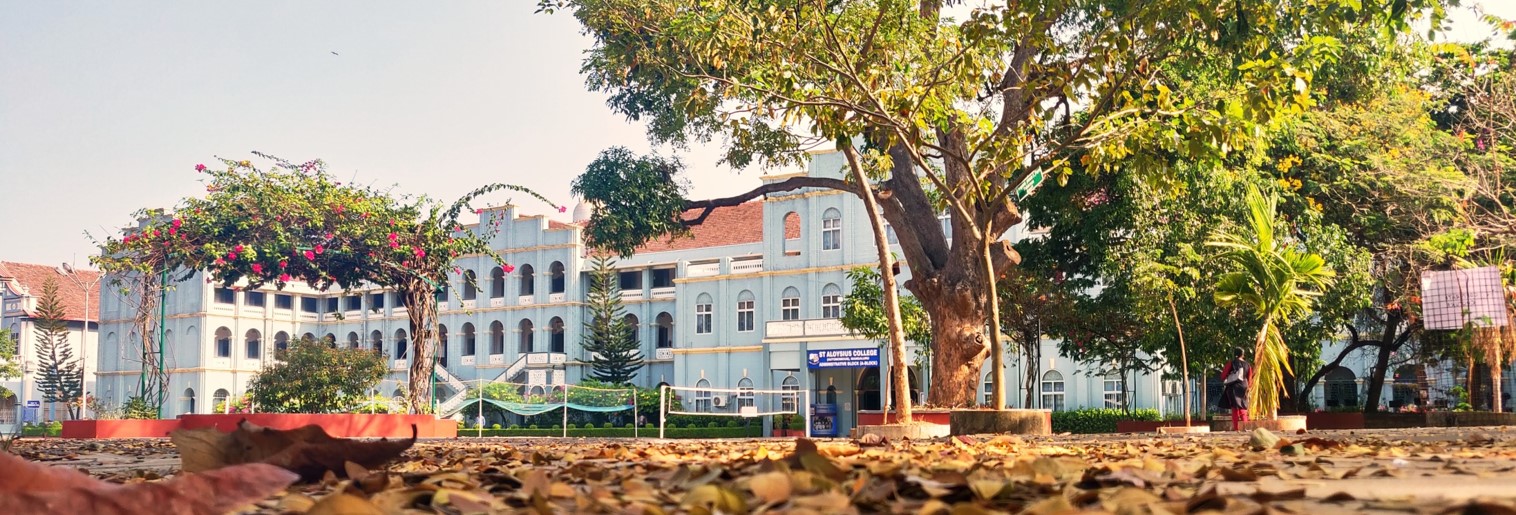
Green Campus
Established in 1880, St Aloysius College prides itself in its history of 140 years. Despite its status as a minority institution, the college has imparted high quality education to all sections of society regardless of caste, colour or creed. Green campus is a concept to build sustainable living practices that are environmental-friendly in educational institutions around the world.
Sustainable environment in college campus impacts students’ lives positively on a daily basis as well. Studies have shown that students studying in active green campuses have better knowledge retention capacity, environmental behaviours, community solidarity, etc.
St Aloysius College has its own aesthetic beauty. The college welcomes everyone who enters the portal with its shaded park named “Mother Teresa Peace Park” surrounded by trees which have been developed in the Laboratory of Applied Biology of the College through tissue culture. Besides this, there are colourful landscape gardens creating many green spots in and around the campus.
St Aloysius College is conscious and committed to the environmental issues with regard to protection, conservation and sustenance of natural resources. AL-VANA – an Arboretum – with an expanse of about 1.5 acres is maintained as a mini biodiversity spot on the campus with its natural flora and fauna. About 150 plants belonging to 70 different species are maintained in this Arboretum. Among these, 3 species belong to RET category. The floristic components with a good canopy and topography are favourable for the enrichment of the species.
QR code enabled labelling and making of a Digital Garden.The major objectives of this project are
- To inventory the floral diversity of St Aloysius College(Autonomous)
- To educate the stake holders the importance of the plants and trees by tagging them with QR Code enabled labels
- To launch a Digital Garden to provide at everyone’s fingertips information about each plant and tree in the campus.
Documented data were digitized through website creation and QR (Quick Response) code linking. Specific URL’s were used to create QR codes for each species. In order to create a digital garden, the QR code is placed along with the plant label. By scanning the QR code with a QR code scanner in the mobile phone, the code translates the URL and open to the website; where the person can access the complete data of each plant species.
